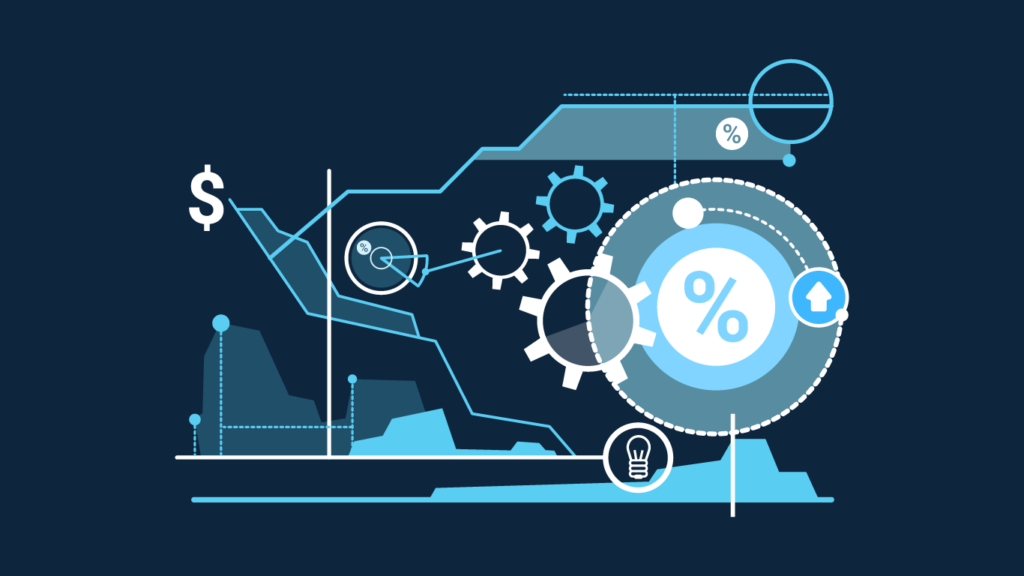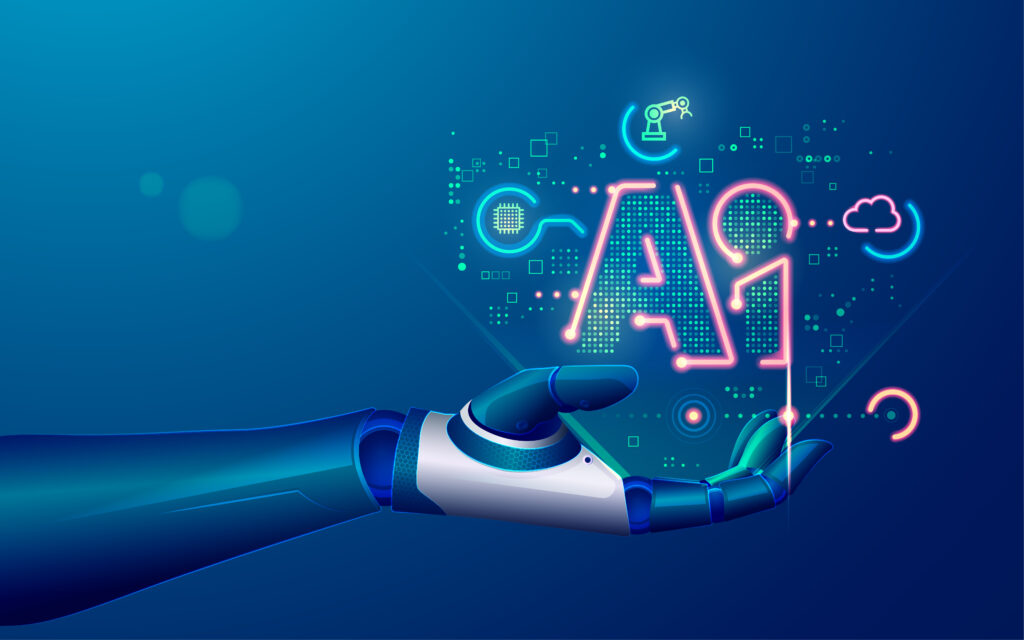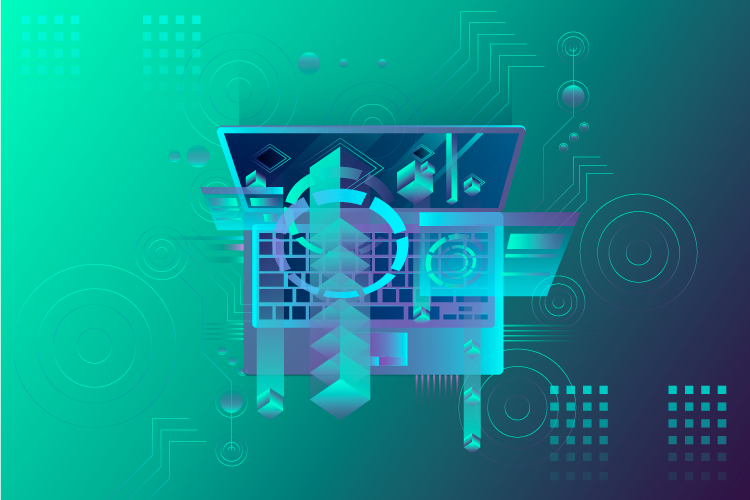In the rapidly evolving world of web development, keeping up with the latest trends and technologies is essential. A significant change that has received much attention in recent years is the shift from a monolithic to a microservice architecture. This change brought many benefits, but it also created its fair share of difficulties. In this article, we will begin to walk through and understand the transition from monolithic to microservices architecture. We will appreciate the benefits, potential barriers, and strategies to make the transition successful.
Understanding Monolithic Architecture:
Monolithic architecture refers to the practice of building an entire application as a tightly integrated system. All products, functions, and models are interconnected, enabling development and optimization as the application grows.
Microservices Paradigm:
Microservices architecture divides an application into small, independent services that can be developed, implemented, and evaluated independently. Each service is responsible for certain functions and communicates with other services via APIs.
Benefits of Migrating to Microservices:
- Scalability: Microservices optimize resource usage and performance, allowing only necessary components to scale.
- Increased power: Developers can work on separate services, enabling faster development, integration, and continuous deployment.
- Flexibility: Microservices can use different technologies for different services, providing full flexibility of implementation.
- Fault Isolation: Failure of a microservice may not affect the entire application, resulting in better fault tolerance.
- Better use of resources: Microservices provide efficient allocation of resources as services can be hosted on different servers or in the cloud.
Challenges and Decisions:
- Complexity: Managing multiple services requires powerful orchestration and communication mechanisms in addition to the complexity of the architecture.
- Data Consistency: Maintaining data consistency across distributed services can be difficult and requires careful design and synchronization.
- Deployment Complexity: Deploying and managing multiple services requires the use of DevOps practices and automation tools.
- Monitoring and Debugging: Debugging and monitoring of distributed services can be more efficient than monolithic models.
- Service Dependencies: Managing service dependencies and enabling communication between services is critical to the success of microservices.
Strategies for Successful Migration:
- Start Small: Identify non-student tasks first and move to microservices. This allows you to test the water and learn from the process.
- Define Sequence: Establish good APIs and communication protocols between services to ensure compatibility.
- Use DevOps practices: Adopt powerful DevOps practices to enable deployment, measurement, monitoring, and error handling.
- Use the right tools: Choose tools and techniques that support the development of microservices, such as containerization platforms like Docker and orchestration tools like Kubernetes.
- Decentralized Data Management: Use distributed data management techniques such as event tracking and CQRS (question-level responsibility separation) to manage data consistency and integration.
The move from a monolithic to a microservice architecture is an important initiative that can bring significant benefits to web scalability, agility, and overall performance. Although challenging, common sense, careful planning, and the right tools can help overcome these challenges. As you begin your infrastructure transformation, always keep the ultimate goal in mind: to deliver a more efficient, scalable, and adaptive experience in response to the changing needs of the digital landscape.
Blog By: Naim Sajjad,
Development Lead
Date: 22-08-2023





